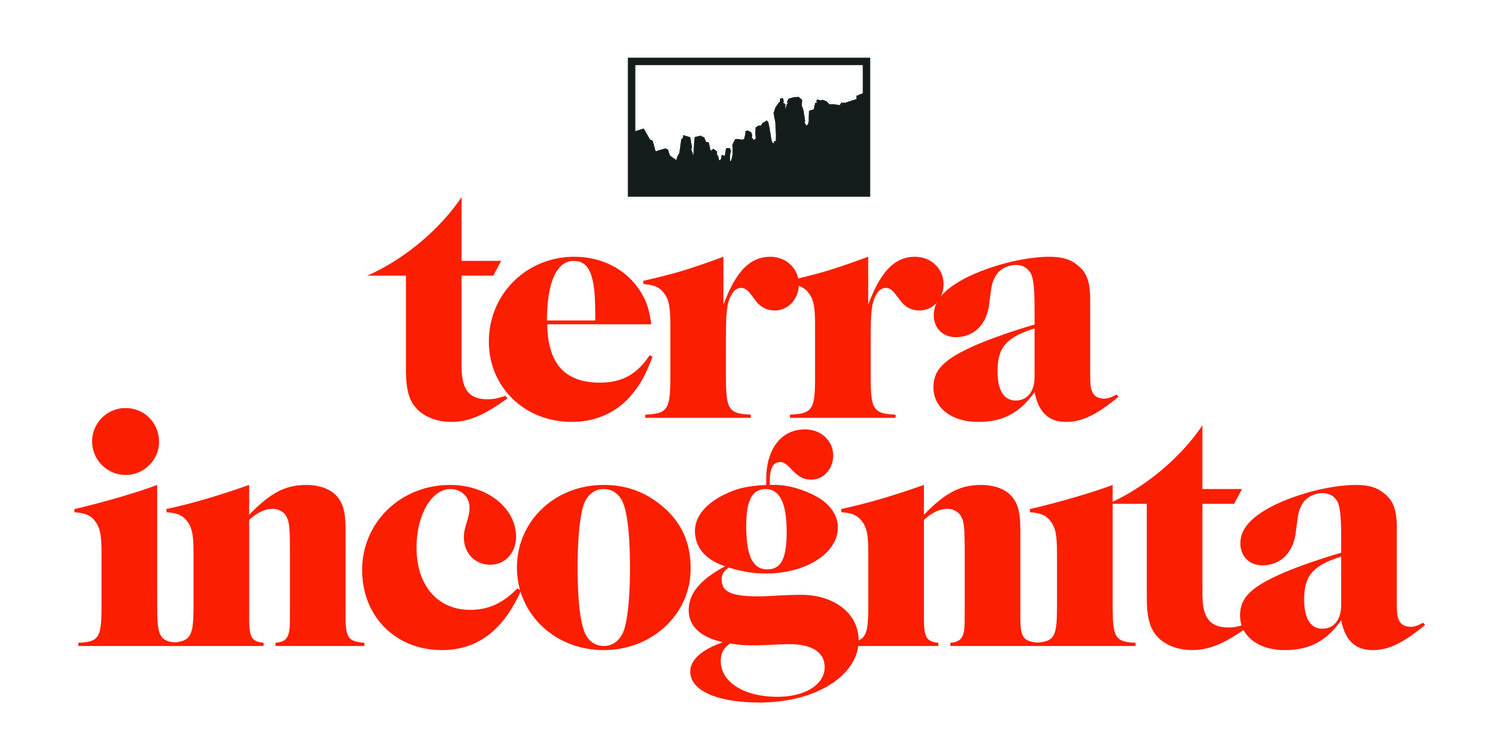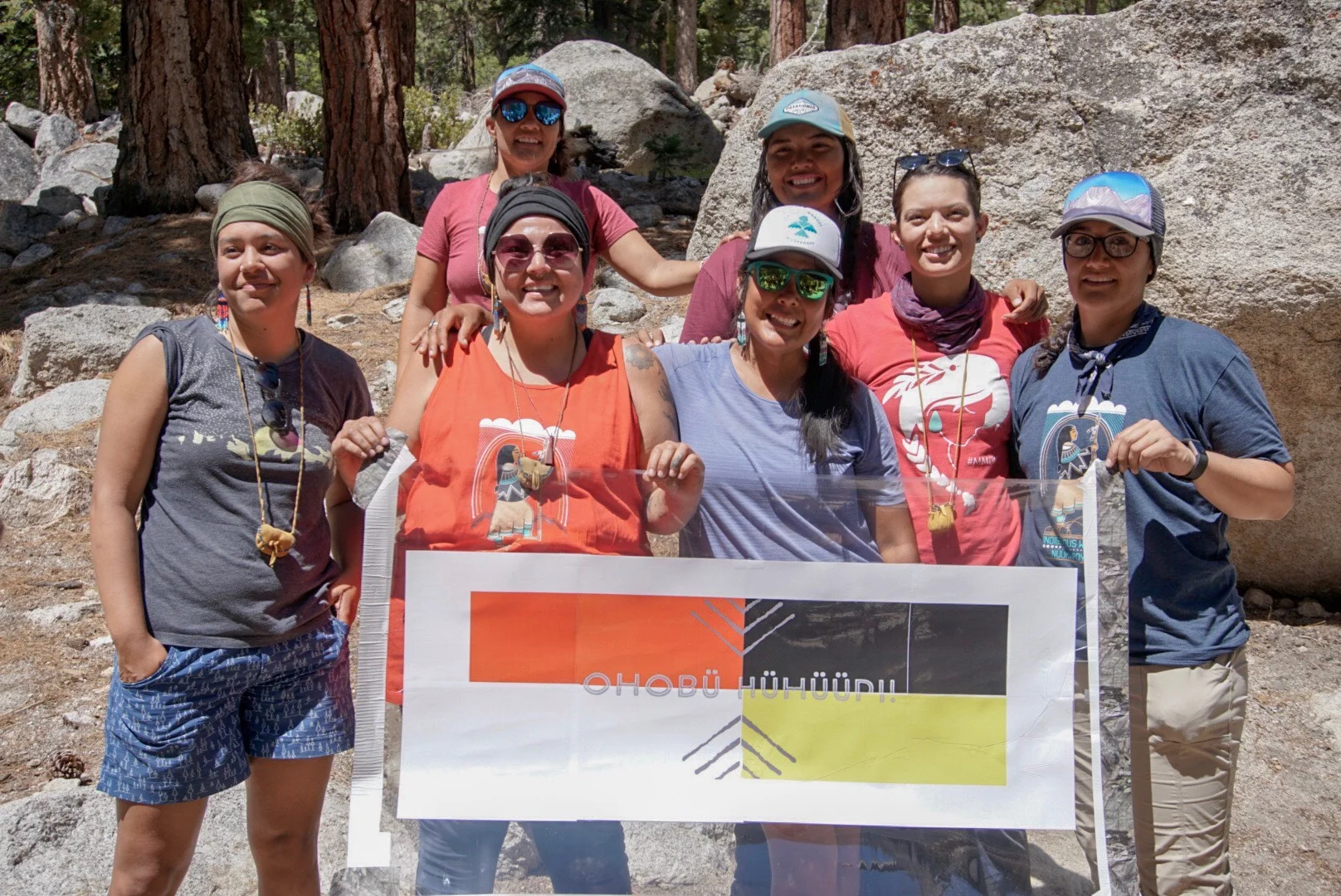How the Unintentional Racism of the Outdoor Industry is Getting in the Way of Creating Authentic Community
Nike made a business move and the majority of the world responded in applause and shopping sprees. The headlines read: “Nike, far from burned by Colin Kaepernick ad, sees price hit all-time high,” reports the Chicago Tribune. “Nike’s Kaepernick ad draws record likes on social media, sends stock to all-time high,” reads CNBC. “Nike hits all-time high after kaepernick ad backlash,” claims Fox.
Representation matters. When advertisements, photographs, media, billboards, commercials, films, and television shows have historically been inundated by White people, particularly White males, it is dire that we see images Black, Brown, Indigenous, and all people of color who have been erased, silenced, and ignored because of White supremacy. Seeing Colin Kaepernick in advertisements for Nike is a huge deal. While Kaepernick’s image displayed on televisions all across the nation is an epic moment for racial justice, we need to keep a close eye on the national impact of this campaign. Progressives applaud on one side, and conservatives pour gasoline on their Nikes and light them on fire on the other. This binary and “either/or” phenomenon of political parties further instills the false notion that our country is divided into racists and non-racists. But this binary is dangerous because it is in this relationship that White supremacy becomes even more resolute, staunch, and muddier than ever.
While it is tempting to call the protestors who do not approve of political messaging in sports “racist,” White liberal, progressive types who like the outdoors, like myself, need to come to terms with how our racism just looks different. In the outdoor industry, we are seeing how equity and inclusion discussions, panels, trainings, and events are ramping up. People are hiring equity and inclusion consultants. Just like Nike, all over the outdoor industry brands like The North Face, REI, and Patagonia are making moves to be more diverse in their advertising. Diversity sells. The Nike ad makes it irresistibly clear to those who may have been too afraid to wade in controversial, political waters that now you can make money off of being inclusive. Now there are rewards to be reaped if you are a CEO or manager. This makes the work of social justice all the more difficult. Because it’s in this excitement and enthusiasm for diversity that the goal of equity gets watered down and made palatable for us fragile White people who don’t really want to confront our biases, or actually give up any of our power. And White people in power actively benefit from using the right words in the right places of our marketing materials.
Inclusion and equity requires social change and supporting the agency of people of color, Indigenous folks, and Black folks. It also requires us, White people, to do our own work in the form of research, talking, and listening. It is not okay to ask Black, Indigenous, People of color (BIPOC) how to make our spaces more inclusive unless they are equity and inclusion consultants and we are paying them for their time. It is not okay to request that someone sits on a panel simply because of the color of their skin.
In 2018, we should know better than to ask for the free emotional, intellectual, and physical labor of BIPOC, but unfortunately it is happening all of the time. How is it that we have all of this energy towards diversity and inclusion and yet, we have instances like when Vanessa Garrison, founder and COO of Girl Trek, was pulled over and harassed by a park police officer in Yosemite with a van full of young Black girls? Garrison described the event on her Instagram and recalled that the officer approached her van with his hand on his gun demanding that she roll down the back windows so he could see inside. Systematic racism like this needs to be addressed in the outdoor industry, and it starts with examining ourselves as White people. We are the colonizers who created these hostile, dangerous, violent, and exclusive spaces in the first place, and we maintain them when we don’t acknowledge that we are part of the ongoing institutionalized problem.
The surface level attempts of the outdoor industry to grapple with equity and diversity is leading to further silencing, erasure, and exclusion. The problem is that most people at the top in the industry like to stick with safe words like “inclusion,” “diversity,” and “equity.” And they want to define these words themselves without addressing the root cause: the commitment to the construct of Whiteness, and the pervasiveness of White supremacy culture in our businesses, and the spaces in which we organize.
Practicing anti-racism in our workplaces, at festivals, at community gatherings, at home, even at our favorite national parks is key to creating a safer community for all because the violence of racism does not disappear in the woods or mountains. It’s there in our conversations, in our actions, and in our beliefs. The unintentional racism of the outdoor industry is just as hostile as the racism of the people who are lighting their Nikes on fire. We need to make visible how we White people have been conditioned from living in a White supremacist culture. Without examining our patterns, assumptions, beliefs, and actions, we will not achieve the authentic community that we claim to want and say we are all about.
Below we have compiled a list of resources for those who want to learn more about how to dismantle White supremacy and create truly inclusive and equitable spaces:
Seeing White: A Great Podcast for Guiding You Through Seeing Your Own Whiteness
How to Be a White Ally to People of Color
How to Be a Real White Ally Instead of Playing One on Social Media
White Allyship Optics in Black Panther
How to Be Inclusive An Introduction
How White People Handle Diversity Trainings in the Workplace
How White People Are Noticing Their Own Whiteness



